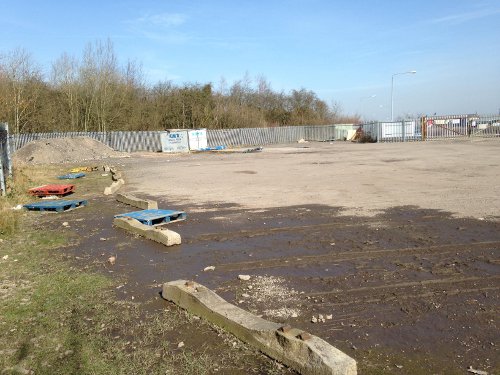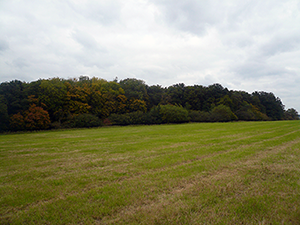Conversion of a Former Haulage Yard
We discharged planning requirements for the client, completing a site walkover and desk top report in 8 working days.
We undertook an EnviroSmart Plus Report to address planning requirements for the conversion of a former haulage yard to form a residential static caravan site.
We were instructed by the planning agent (acting on behalf of the landowner) to undertake a Phase 1 desk study including increased regulatory consultation, data purchase and more detailed risk assessment.
Importantly, consultation between us and the regulators proved valuable in clarifying the historical use of the site (identified as an historical landfill site) and the associated risk to future occupants.
Our report clearly conveyed the risks associated with the development where consideration of the end use of the site was critical and proved crucial for the decision that no further investigation was necessary.
A planning application for the redevelopment of a former haulage yard to form a residential static caravan site was granted planning approval having initially been refused permission. The planning approval was subject to a Phase 1 Desk Study Land Contamination Report as the application was considered to be a change of use to a more sensitive “end use” and the site is known to have a commercial/industrial legacy.
The key concern was the historical use of the site as a former landfill, the close proximity to a number of historical heavy industrial works and the former use of the site as a haulage yard. These former land uses gave rise to a potential range of contaminants being present.
In order to address the identified contamination risks at the site, we purchased an environmental data report as part of the Phase 1 investigation and undertook an extensive reconnaissance survey of the site and the surrounding area.
The report was used to understand any potential sources of contamination that may exist (including pollution incidents, licences and permits) and the environmental sensitivity of the site. The report identified that the site was associated with a number of industrial uses, most prominent of which was a historical landfill.
Extensive consultation with the Local Authority revealed that the area of the landfill adjacent to the site had been remediated to allow for the development of an extensive residential estate. However, there was no information available to indicate whether the remediation works extended to the proposed redevelopment site.
The redevelopment plans were reviewed on the context of the findings of the Phase 1 risk assessment. The site was covered in an intact layer of newly-laid hardstanding and the construction of the static caravans on site included an air gap beneath the caravan and metal flooring (which would act as a passive vapour protection measure against any potential volatile gases).
Further to this, given the extensive remediation works undertaken adjacent to (if not beneath the site), the presence of a significant volatile source was considered unlikely.
The report clearly conveyed the contamination risks at the site within the context of the redevelopment plans and the condition of the site at the time of reporting.
We were able to provide a recommendation that no further investigation was required which was accepted by the Local Authority Contaminated Land Officer.



